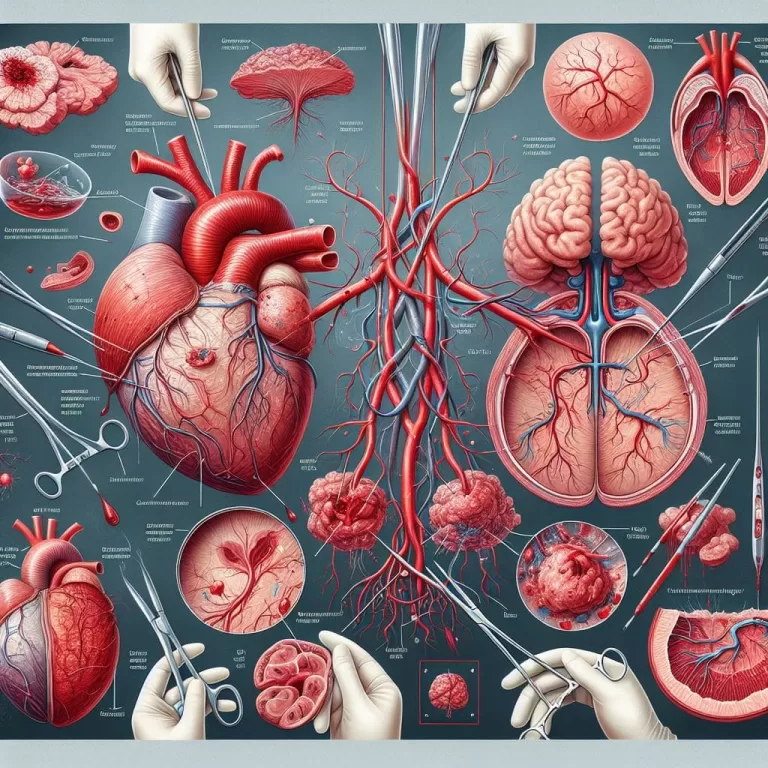Dural AVM
**Dural Arteriovenous Malformations (AVMs)**
**Description:**
Dural AVMs are rare, congenital vascular malformations located within the dura mater, the outermost fibrous membrane covering the brain and spinal cord. They consist of a tangle of abnormal blood vessels that connect arteries directly to veins, bypassing the capillary network.
**Symptoms:**
Dural AVMs can cause a range of symptoms, including:
* Seizures
* Headaches
* Focal neurological deficits (e.g., weakness, numbness)
* Noise within the head (pulsatile tinnitus)
* Progressive symptoms in childhood and adulthood
**Diagnosis:**
Diagnosis involves detailed medical history, neurological examination, and imaging studies such as magnetic resonance imaging (MRI) and computed tomography angiography (CTA).
**Treatment:**
Treatment options for Dural AVMs include:
* Microsurgical resection
* Embolization (blocking blood flow to the malformation)
* Radiosurgery (using focused radiation to close the abnormal vessels)
**Prognosis:**
The prognosis of Dural AVMs depends on the size, location, and severity of the malformation. Early diagnosis and timely treatment are crucial for reducing the risk of complications.
**Additional Keywords:**
* Cavernous sinus
* Carotid cavernous fistula
* Transvenous embolization
* Intracranial vascular malformations
* Neurological disorders
Arteriovenous Malformation (AVM) Surgery: Comprehensive Overview

Three kinds of surgery are capable of treating an arteriovenous malformation, a tangle of blood vessels that impedes blood flow. An arteriovenous malformation (AVM) is a rare, noncancerous entanglement of blood vessels that prevents blood from flowing between your arteries…
